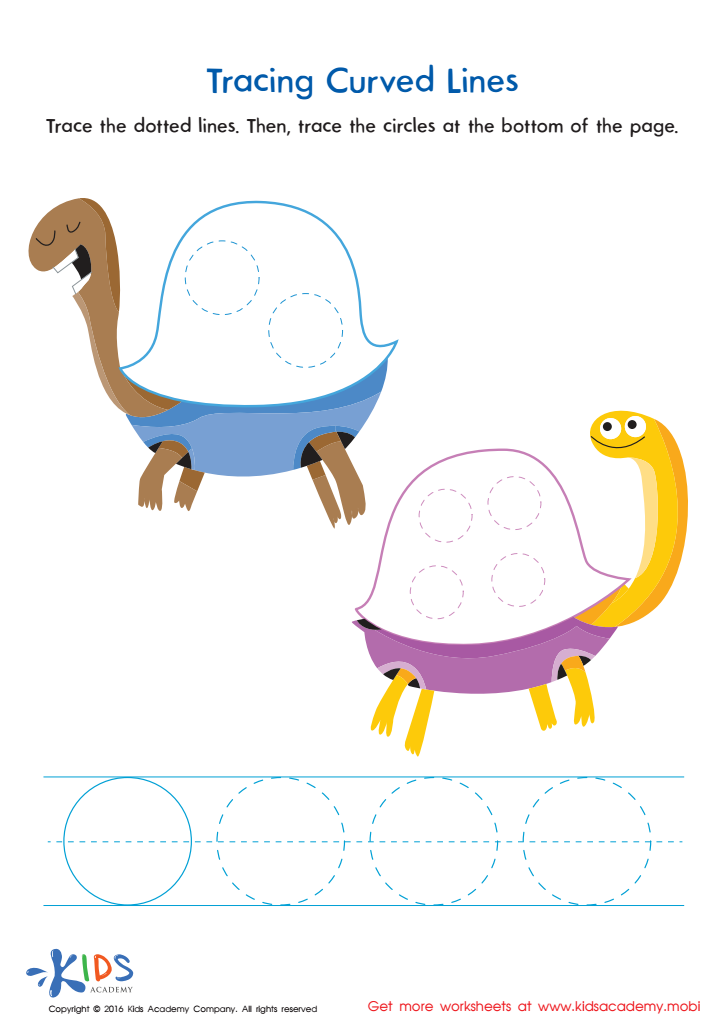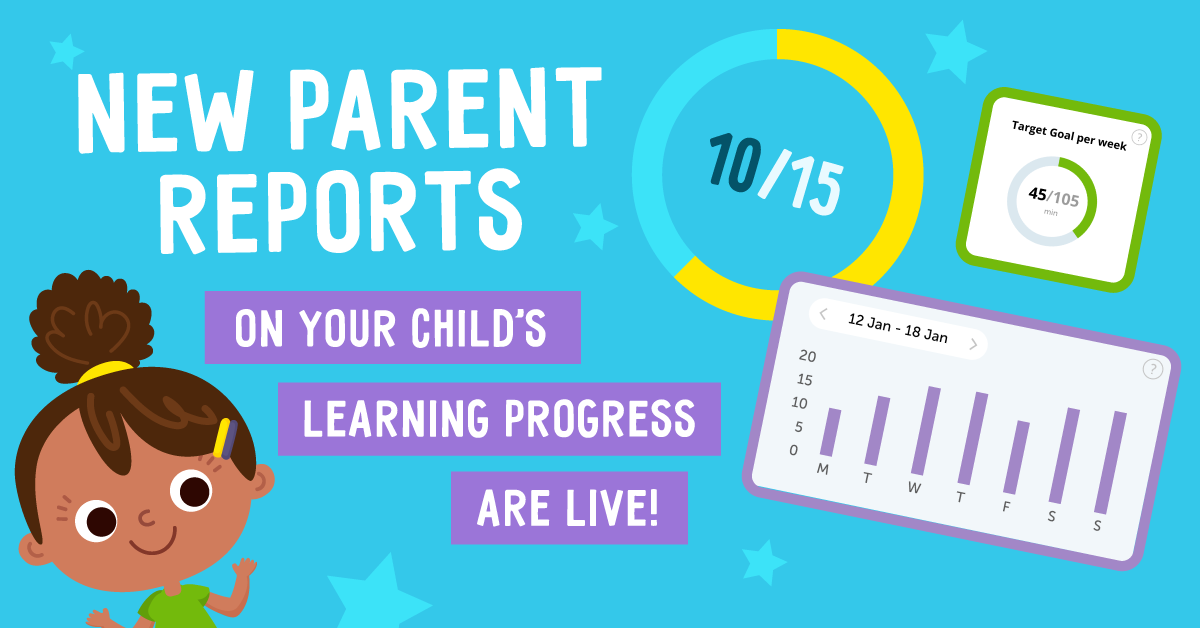Normal Tracing Lines and Curves worksheets activities for Ages 5-6
5 filtered results
-
From - To
Discover engaging "Normal Tracing Lines and Curves" worksheets designed specifically for children ages 5-6. These fun and interactive activities help young learners develop essential fine motor skills, hand-eye coordination, and pre-writing abilities. Each worksheet features a variety of lines and curves to trace, allowing kids to practice their pencil control and gain confidence in their writing skills. Perfect for use at home or in the classroom, these tracing activities foster creativity and concentration, making learning enjoyable. Explore our collection today and give your child the foundational skills they need for their writing journey!
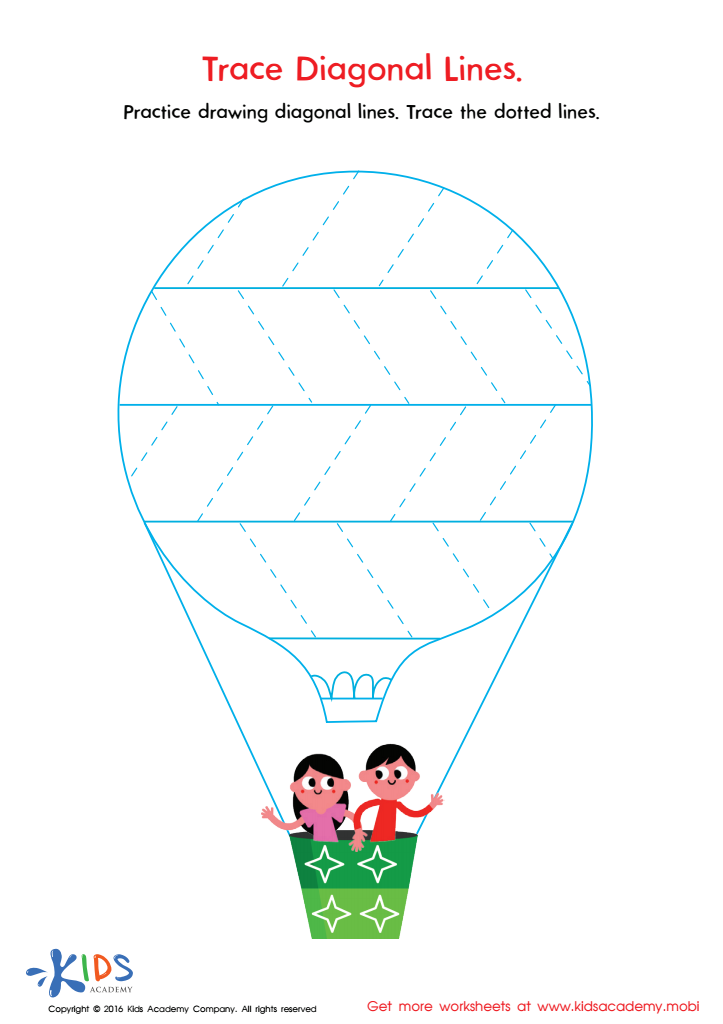

Trace Diagonal Lines Worksheet
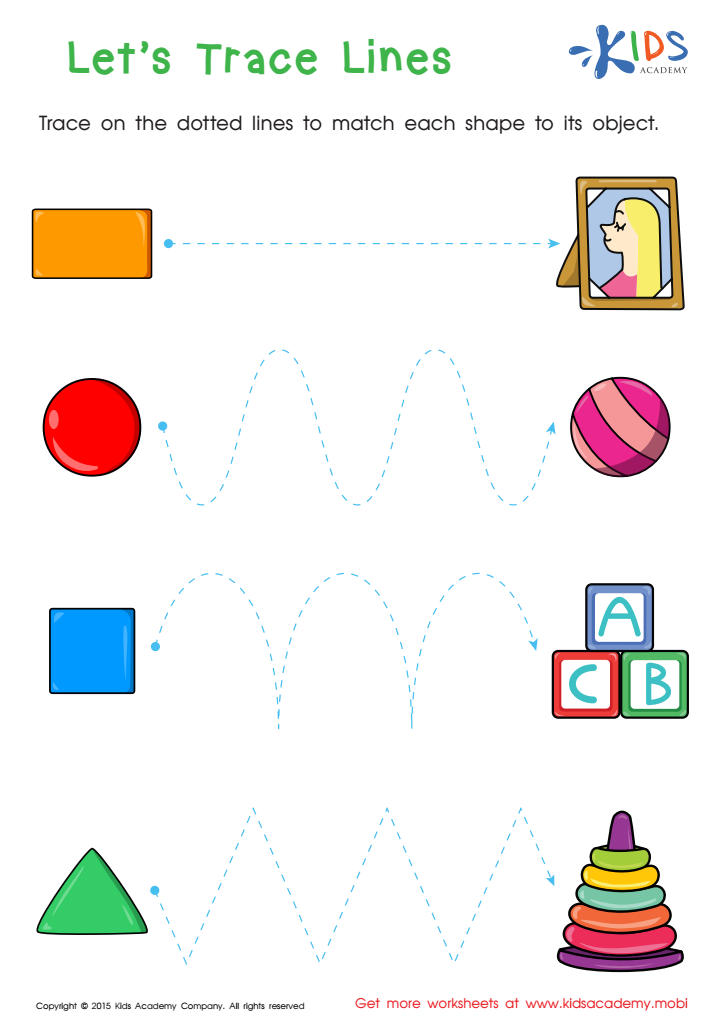

First Words: Let's Trace Lines Worksheet
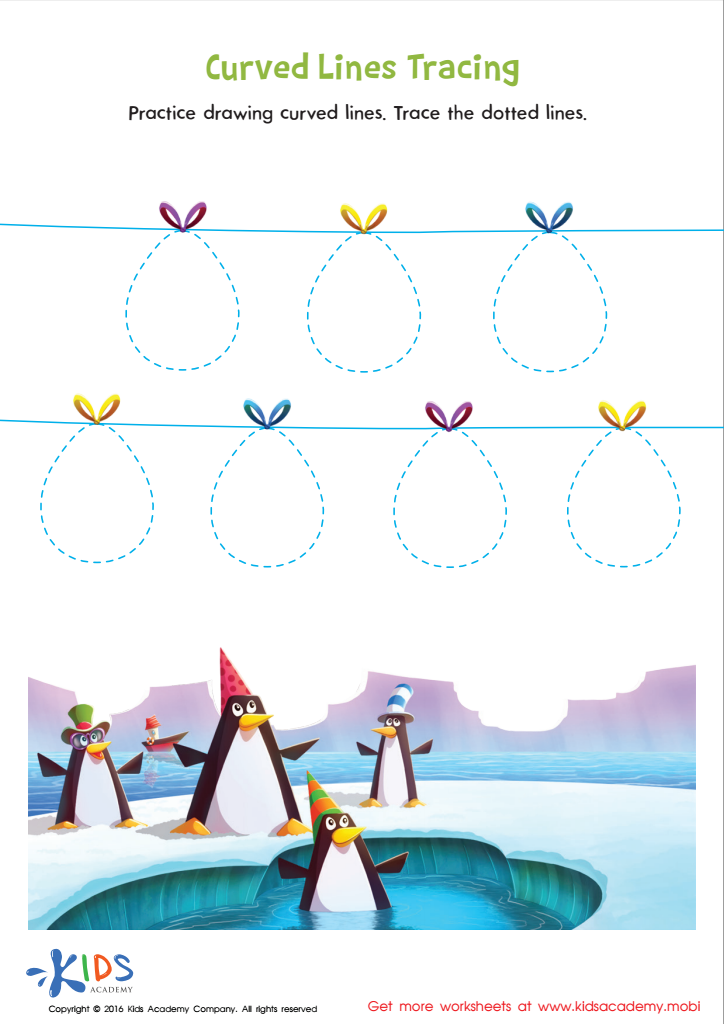

Curved Lines Tracing Worksheet
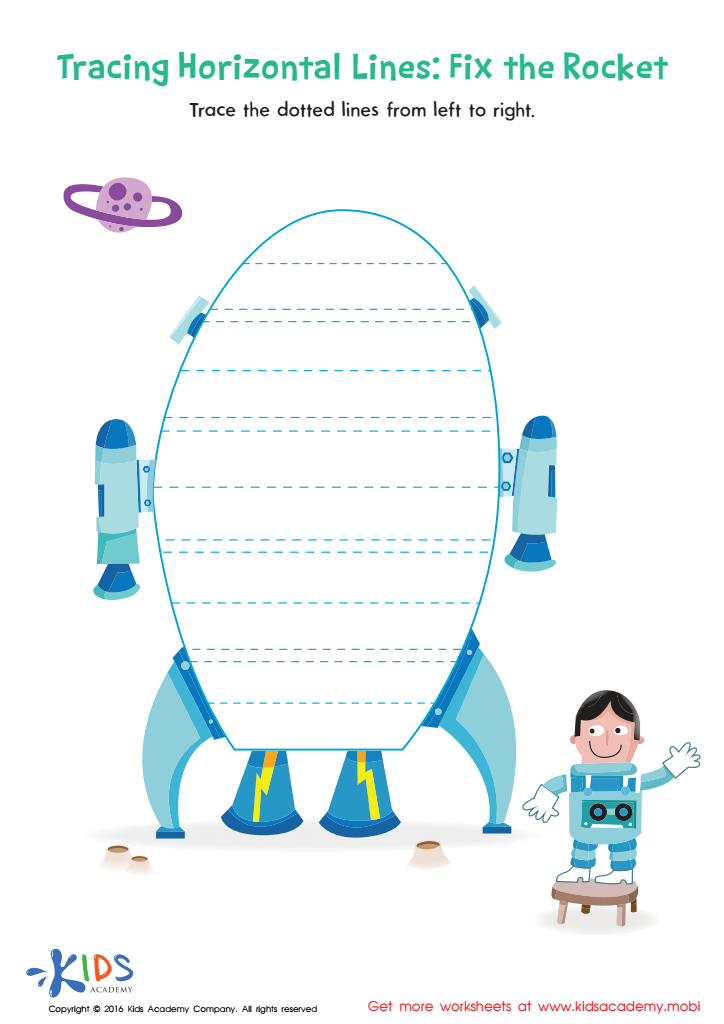

Tracing Horizontal Lines Worksheet
Normal tracing lines and curves activities for children aged 5-6 play a crucial role in their early development, benefiting both parents and teachers. Firstly, these activities enhance fine motor skills, which are essential for tasks such as writing, drawing, and performing daily activities. By manipulating crayons, markers, or pencils along guided lines, children strengthen the small muscles in their hands and improve hand-eye coordination.
Additionally, tracing activities foster cognitive development. They aid in enhancing spatial awareness and understanding concepts of directionality. As children learn to follow lines and curves, they also engage in critical thinking as they analyze shapes and patterns, laying the foundation for later math and literacy skills.
Moreover, these activities promote creativity and self-expression. While tracing, children can experiment with colors and designs, allowing them to connect emotionally and visually with their work. This creative engagement encourages a love for learning and supports their overall intellectual curiosity.
Lastly, teachers and parents can use these activities as bonding opportunities, sharing moments of guidance and encouragement. Investing time in tracing line and curve activities not only contributes to essential early learning but also strengthens relationships through shared experiences. Ultimately, these activities are key to holistic childhood development.
 Assign to My Students
Assign to My Students
